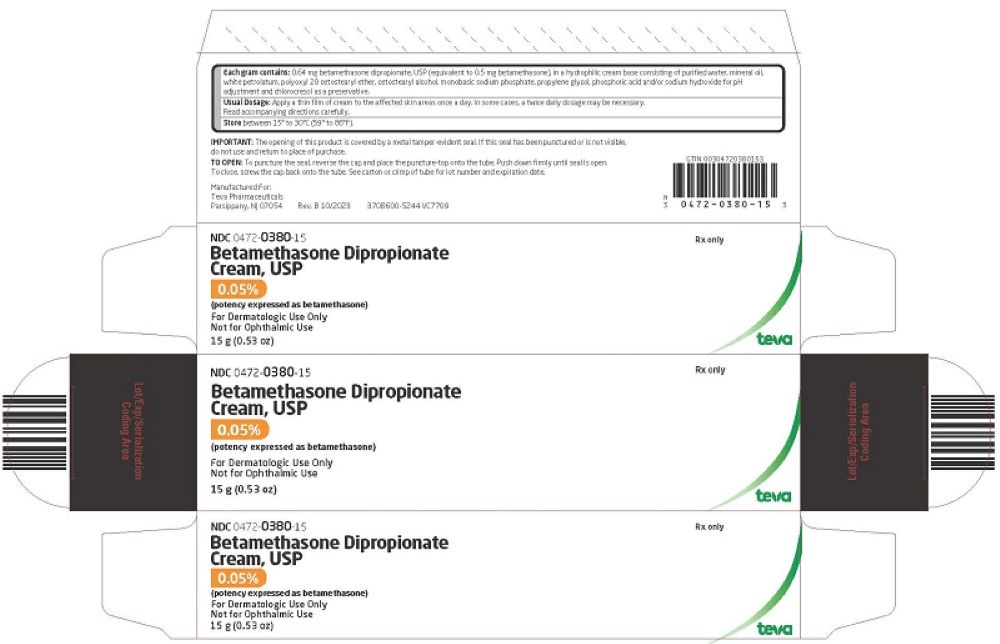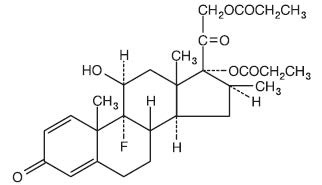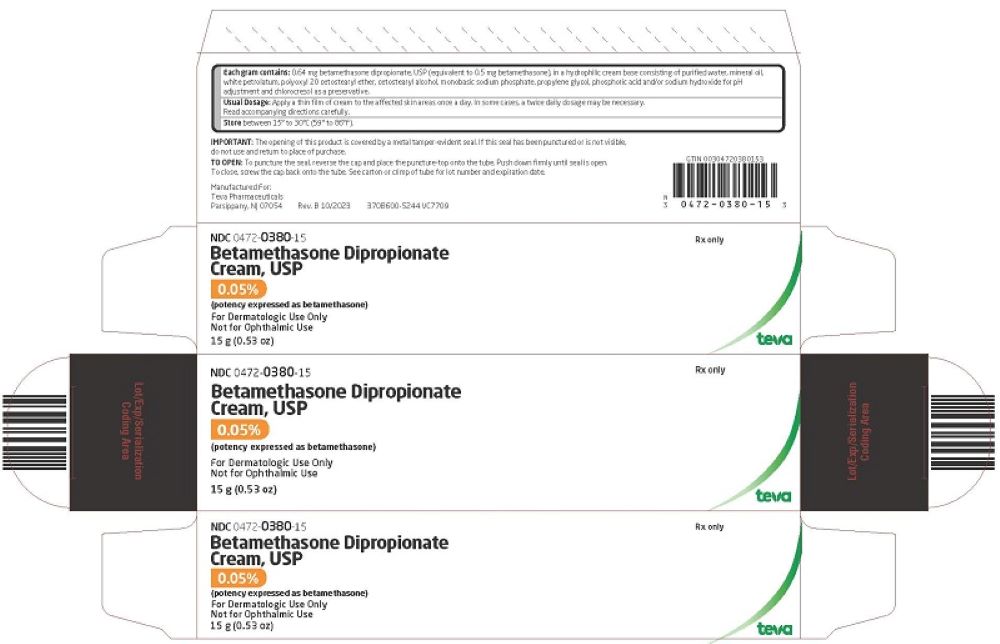General: Systemic absorption of topical corticosteroids has produced reversible hypothalamic-pituitary-adrenal (HPA) axis suppression, manifestations of Cushing’s syndrome, hyperglycemia, and ...
General: Systemic absorption of topical corticosteroids has produced reversible hypothalamic-pituitary-adrenal (HPA) axis suppression, manifestations of Cushing’s syndrome, hyperglycemia, and glucosuria in some patients.
Conditions which augment systemic absorption include the application of the more potent steroids, use over large surface areas, prolonged use, and the addition of occlusive dressings. Use of more than one corticosteroid-containing product at the same time may increase total systemic glucocorticoid exposure (see DOSAGE AND ADMINISTRATION).
Therefore, patients receiving a large dose of a potent topical steroid applied to a large surface area should be evaluated periodically for evidence of HPA axis suppression by using the urinary-free cortisol and ACTH stimulation tests. If HPA axis suppression is noted, an attempt should be made to withdraw the drug, to reduce the frequency of application, or to substitute a less potent steroid.
Recovery of HPA axis function is generally prompt and complete upon discontinuation of the drug. In an open-label pediatric study of 43 evaluable patients, of the 10 subjects who showed evidence of suppression, 2 subjects were tested 2 weeks after discontinuation of betamethasone dipropionate cream, 0.05%, and 1 of the 2 (50%) had complete recovery of HPA axis function. Infrequently, signs and symptoms of steroid withdrawal may occur, requiring supplemental systemic corticosteroids.
Pediatric patients may absorb proportionally larger amounts of topical corticosteroids and thus be more susceptible to systemic toxicity (see PRECAUTIONS – Pediatric Use).
If irritation develops, topical corticosteroids should be discontinued and appropriate therapy instituted. In the presence of dermatological infections, the use of an appropriate antifungal or antibacterial agent should be instituted. If a favorable response does not occur promptly, the corticosteroid should be discontinued until the infection has been adequately controlled.
Information For Patients: This information is intended to aid in the safe and effective use of this medication. It is not a disclosure of all possible adverse or intended effects. Patients using topical corticosteroids should receive the following information and instructions:
- This medication is to be used as directed by the physician. It is for external use only. Avoid contact with the eyes.
- Patients should be advised not to use this medication for any disorder other than that for which it was prescribed.
- The treated skin area should not be bandaged or otherwise covered or wrapped as to be occlusive (see DOSAGE AND ADMINISTRATION).
- Patients should report any signs of local adverse reactions.
- Other corticosteroid-containing products should not be used with betamethasone dipropionate cream without first talking to your physician.
Laboratory Tests: The following tests may be helpful in evaluating HPA axis suppression:
Urinary-free cortisol test
ACTH stimulation test
Carcinogenesis, Mutagenesis, and Impairment of Fertility: Long-term animal studies have not been performed to evaluate the carcinogenic potential of betamethasone dipropionate.
Betamethasone was negative in the bacterial mutagenicity assay (Salmonella typhimurium and Escherichia coli), and in the mammalian cell mutagenicity assay (CHO/HGPRT). It was positive in the in-vitro human lymphocyte chromosome aberration assay, and equivocal in the in-vivo mouse bone marrow micronucleus assay. This pattern of response is similar to that of dexamethasone and hydrocortisone.
Reproductive studies with betamethasone dipropionate carried out in rabbits at doses of 1.0 mg/kg by the intramuscular route and in mice up to 33 mg/kg by the intramuscular route indicated no impairment of fertility except for dose related increases in fetal resorption rates in both species.
These doses are approximately 0.5 and 4 fold the estimated maximum human dose based on a mg/m2 comparison, respectively.
Pregnancy: Teratogenic Effects:
Corticosteroids are generally teratogenic in laboratory animals when administered systemically at relatively low dosage levels.
Betamethasone dipropionate has been shown to be teratogenic in rabbits when given by the intramuscular route at doses of 0.05 mg/kg. This dose is approximately 0.03 fold the estimated maximum human dose based on a mg/m2 comparison. The abnormalities observed included umbilical hernias, cephalocele and cleft palates.
Some corticosteroids have been shown to be teratogenic after dermal application in laboratory animals. There are no adequate and well-controlled studies in pregnant women on teratogenic effects from topically applied corticosteroids. Therefore, topical corticosteroids should be used during pregnancy only if the potential benefit justifies the potential risk to the fetus. Drugs of this class should not be used extensively on pregnant patients, in large amounts, or for prolonged periods of time.
Nursing Mothers: It is not known whether topical administration of corticosteroids could result in sufficient systemic absorption to produce detectable quantities in breast milk. Systemically administered corticosteroids are secreted into breast milk in quantities not likely to have a deleterious effect on the infant. Nevertheless, caution should be exercised when topical corticosteroids are prescribed for a nursing woman.
Pediatric Use: Use of betamethasone dipropionate cream, 0.05%, in pediatric patients 12 years of age and younger is not recommended (see CLINICAL PHARMACOLOGY and ADVERSE REACTIONS sections).
In an open-label study, 10 of 43 (23%) evaluable pediatric patients (aged 2 years to 12 years old) using betamethasone dipropionate cream for treatment of atopic dermatitis for 2 to 3 weeks demonstrated HPA axis suppression. The proportion of patients with adrenal suppression in this study was progressively greater, the younger the age group (see CLINICAL PHARMACOLOGY – Pharmacokinetics).
Pediatric patients may demonstrate greater susceptibility to topical corticosteroid-induced HPA axis suppression and Cushing’s syndrome than mature patients because of a larger skin surface area to body weight ratio. The study described above supports this premise, as suppression in 9 to 12 year olds, 6 to 8 year olds, and 2 to 5 year olds was 14%, 23%, and 30%, respectively.
Hypothalamic-pituitary-adrenal (HPA) axis suppression, Cushing’s syndrome, and intracranial hypertension have been reported in pediatric patients receiving topical corticosteroids. Manifestations of adrenal suppression in pediatric patients include linear growth retardation, delayed weight gain, low plasma cortisol levels, and absence of response to ACTH stimulation. Manifestations of intracranial hypertension include bulging fontanelles, headaches, and bilateral papilledema.
Administration of topical corticosteroids to pediatric patients should be limited to the least amount compatible with an effective therapeutic regimen. Chronic corticosteroid therapy may interfere with the growth and development of pediatric patients.
Close



